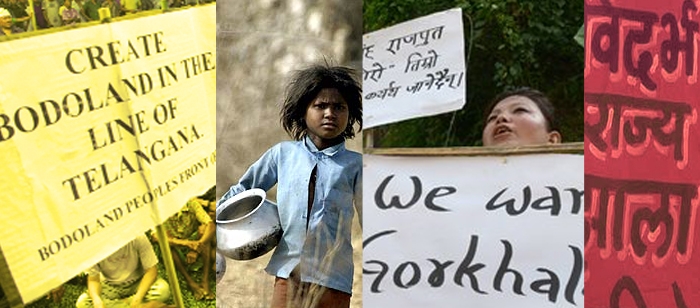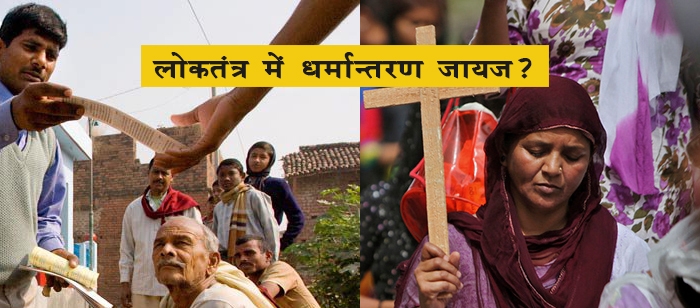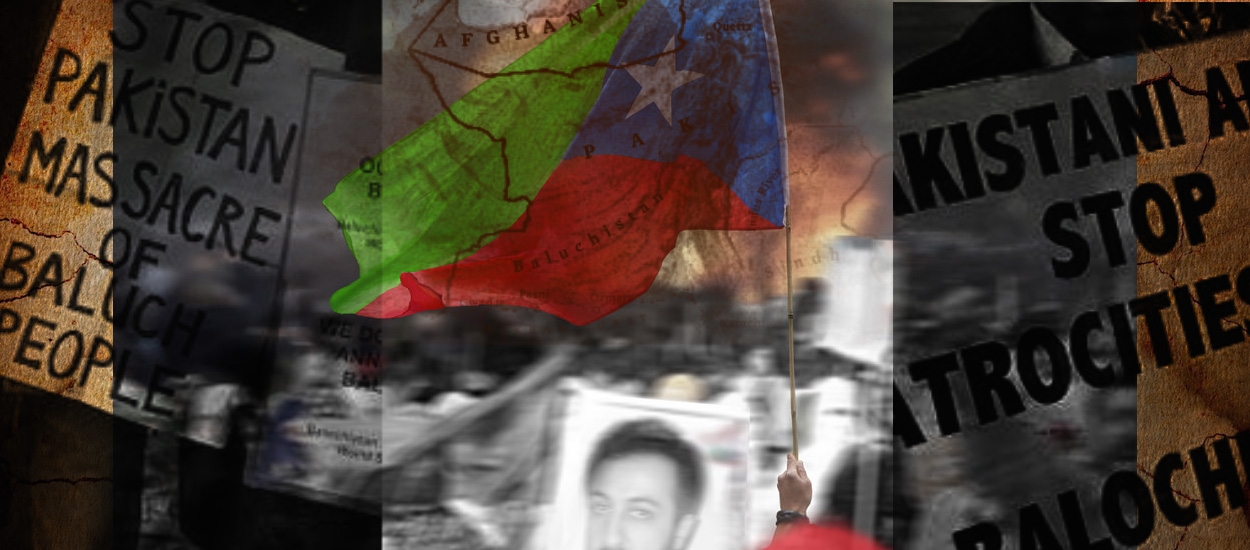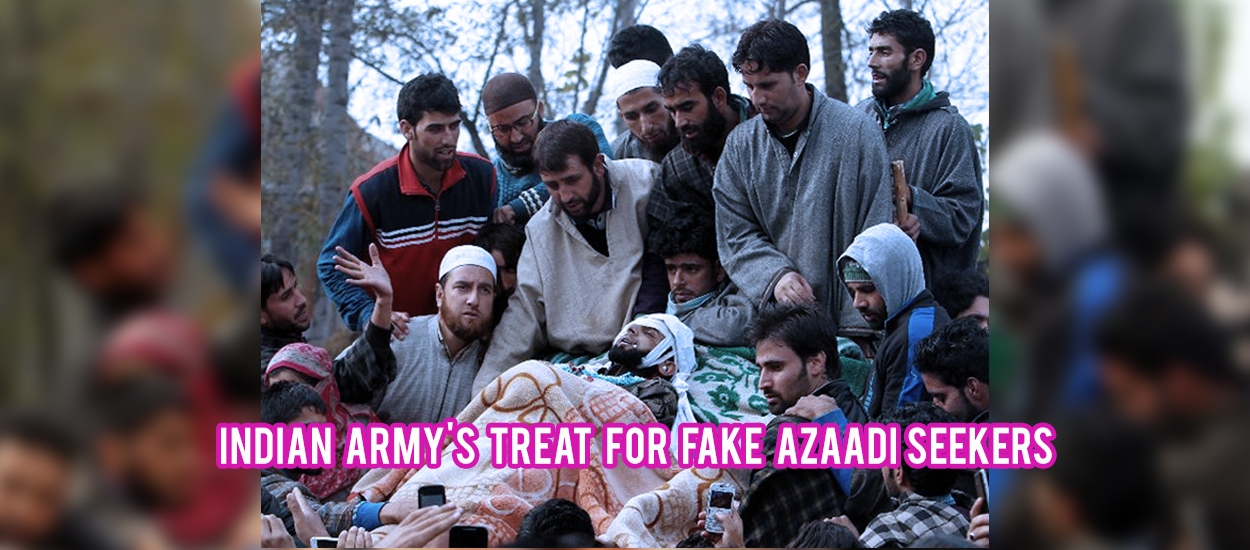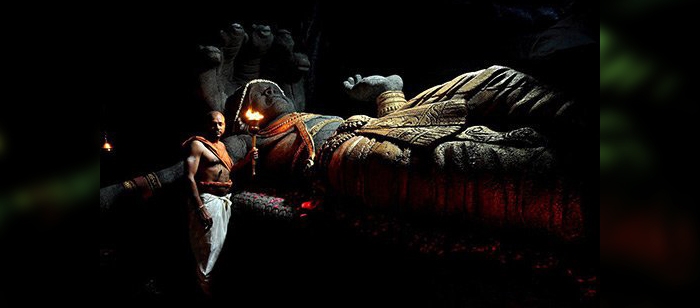The issue of demand for separate states still exists even after the six decades of the final solution arranged by Govt through the State reorganization program. By one way or another, the demand of separate states has been witnessed from various parts of the country. Latest one in this row is for Bundelkhand, since after the BJP came to power in UP.
The idea to make the division or integration of the States was on the linguistic basis, and that is too much before the independence. The first linguistic movement was started for Orissa in 1895, to get the separate state from the then Bihar and Orissa Province. The said movement was based on Oriya nationalism, and its demand was fulfilled in 1936. However, before independence the need of this linguistic-based reorganization of states was already pledged by the Congress; and for that, it had even set up provincial committees in 1927. Eventually, it was also incorporated in party’s manifesto of 1945-46 that provinces were to be redistributed on a linguistic basis. The promise was backed with the argument that it would make the administration easier, in view of to make linguistic identities in front, in place of more controversial ones, like caste and religion-based identities.
But dramatically, post independence the stance of top Congress brass was found completely contrary to this. Now Nehru and Sardar Patel were not in opposition to the linguistic states; they now started apprehending that it could harm the national harmony and sovereignty.
Nevertheless, to check the need and feasibility of such reorganization, the then President Rajendra Prasad constituted ‘Linguistic Provinces Commission’ headed by SK Dhar in 1948. And its report came to the same conclusion as "the formation of provinces on exclusively or even mainly linguistic considerations is not in the larger interests of the Indian nation". Besides this, it recommended the reorganization of the provinces by geographical contiguity, financial self-sufficiency, and ease of administration.
Subsequently, to study and to contemplate over the recommendations put forward by above Dhar commission, another JVP committee was set up comprising of Jawaharlal Nehru, Vallabhbhai Patel and Pattabhi Sitaramayya. Its report of 1949 affirmed that the time was not suitable for formation of new provinces, and in this manner, its approach was to temporize the matter for next ten years.
But these Govt efforts didn’t persuade the citizens of the country, and with the time demand of linguistic states were spread out in various parts of the country. The first was the demand for Telugu-majority state out of Madras State. The movement was intensified and turned violent when its Gandhian activist Potti Sreeramulu died of hunger strike. This unfortunate incident enabled the Govt to agree for separate Andhra state, but that sparked off the agitations to all over the country.
With no other options left, Nehru constituted the new States Reorganisation Commission(SRC), to prepare the report on how the reorganization of the states can be possible on linguistic basis. Finally, in its SRC report of 1955, it has categorically said that “it is neither possible nor desirable to reorganize States on the basis of the single test of either language or culture, but that a balanced approach to the whole problem is necessary for the interest of our national unity.” With Andhra Pradesh, SRC also gave the green signal for a creation of Kerala and Karnataka from Madras.
In the very report for Bombay, SRC had recommended to remain it as the bilingual state. But it was totally objectionable for both the Gujarati and Marathi speaking communities. Both the factions remained uncompromising to their demands of separate linguistic states as Maharashtra and Gujarat. The situation got more deteriorated as both wanted to make Bombay city as their capital, obviously due to its economic and cosmopolitan values.
The third stakeholder in the Bombay issue was ‘Bombay Citizen’s Committee’, which was having a group of prominent businessmen like JRD Tata etc. Its agenda was to make Bombay City as a separate state. Nehru, Congress working committee and CM Morarji Desai was also in opinion to make three different states, but no community was ready to leave the authority over Bombay.
The protest of independent states turned in violent agitations mainly in Bombay city. Protesters clashed with Police, and total 105 people shot dead in police firing at Flora Fountain on November 21, 1955. Today the Flora Fountain is known renamed as Hutatma Chowk or Martyr's Crossroad. This unfortunate incident gave catalyst to protest, and there was massive criticism of CM & PM throughout the city, and CM Morarji Desai had to step down.
To resolve the matter, Nehru came to Bombay and on 3rd June 1956 where he announced the division of Bombay state into Maharashtra & Gujarat as separate states, which was against the SRC’s recommendation. And Bombay city was set to remain Union territory for five years. But this didn’t stop the violence; however, the bill was scheduled to put in Parliament, but due to the influence of 180 MPs at last moment, this decision was also trashed.
As a consequence, both the communities have initiated separate movements for their own linguistic states;
Samyukta Maharashtra Andolan
Marathi speaking people had set up an organization, ‘Samyukta Maharashtra Samiti’ in Pune under the leadership of Keshavrao Jedhe. The samiti started striving for Maharashtra under the movement named as “Samyukta Maharashtra Andolan”.
Many prominent activists like S.M.Joshi, SA Dange, Acharya Atre, Senapati Bapat etc. joined the movement. The organization used the Maratha newspaper to give the fuel to its campaign and had been criticizing the Govt for not allowing their demand.
Mahagujarat Movement
Simultaneously, the political movement also continued for the formation of Gujarati speaking state named as ‘Mahagujarat Andolan’. The front runner of the movement Indulal Yagnik popularly known as Indu Chacha led the movement. The Andolan was popular for its unique non-violent yet impactful tactics. The first one was ‘Janata Curfew’; after the death of few protesting students in Police Shooting the situation got tense in Gujarat; so to gloss over the public anguish. CM Morarji Desai decided to on Fast on the ground; but because of self-imposed Janata Curfew, there were more loudspeakers on the ground than public! The another tool parallel meetings were used; which was of holding the meetings at the same time of a meeting of top Congress leaders. This weapon was used against the Nehru; Indu chacha called a meeting at the same time when Nehru’s meeting was scheduled.
Finally, both the states created on May 1, 1960, out of immense pressure built on Govt; the disputed Bombay city went to Maharashtra and Dang to Gujarat.
Even after the many decades of this dispute of state reorganization; there is still a long list of disputed regions who sought for separate states, and their representations are already reached to Home Ministry. Some of them are as per below;
Vidarbha:
First in this list is the demand of separate Vidarbha state from Maharashtra which comes across periodically. It was also recommended in SRC report and in fact, it’s even older than the demand of Maharashtra. Ambedkar was also in favor of separate Vidarbha state under the “One state, One language ” policy, and he asserted that “Single government can not administer such a huge state as United Maharashtra.”But on the line of “One language One state” policy, one common state of Maharashtra formed of Marathi speaking people.Another, for the assurance of the development of the said region; the Nagpur Pact was signed. But till today, the feeling of local citizens as they remained deprived of the development often leads to their demand for separate Vidarbha.
Bundelkhand:
The former state of Bundelkhand was dissolved by the SRC in 1956 by merging it with UP & MP, since then the demand for its separate existence is there. The region is considered as one of the most underdeveloped regions of India, allegedly because of the ignorance of the past governments. Due to the region having its own identity as separate language ‘Bundeli’ and also its own culture; the demand of the said state is considered as high and that is too on the linguistic basis.
Apart from Bundelkhand, the current proposal is also there for Awadh Pradesh, Poorvanchal, and Paschimanchal out of the UP state.
Telangana
An issue of Telangana was resolved in recent years i.e. on 2nd June 2014. The issue came into existence as the Andhra state was formed keeping in view of common language Telugu speaking region, as per the “One language One state” policy.
Gorkhaland
The demand for Gorkhaland on the same linguistic basis has remained more vocal, and it’s also much older of the time of colonization era, and. At the time of independence also the memorandum was submitted to form the state out of Darjeeling District, Sikkim and Nepal. Since then, many political parties emerged from the region with the agenda to fulfill the demand of Gorkhaland.
To secure Darjeeling seat in 2009 general elections for Jaswant Singh, BJP engaged in the movement and endorsed for Gorkhaland. But it has been put on the back burner once party came in power at the center. Mamta Banerjee has also been lingering the issue to save her vote bank.
From the same northeast part, the demand of Bodoland is also thereby Bodo people out of 4-5 districts of Western Assam. BJP gave the similar promise to Bodos in 2014 LS elections and 2016 State elections seeking their support. Now the community feels betrayed.
In addition to this list, some more are Mithilanchal from Maithili speaking part of Bihar and Jharkhand. Also Kukiland in Manipur, Kongu Nadu in Tamil Nadu, Tulu Nadu in Karnataka etc. Out of these all demands, some are legitimate, and some are of course to gain the political or other personal benefits. By and large, if the debate is there that whether to divide, or not to split the states; then necessarily we need to look into the advantages and disadvantages of the same, which are as per below;
Advantages
The first benefit of a small state is ease of administration; undoubtedly to administer the large and diverse state is more complicated and challenging, so efficient & better administration can be provided in smaller ones. Secondly, the region which is deprived and less developed can get more focus and opportunities to grow.
Another key decision can be taken closer to the ground so that local issues can be easily addressed.
Disadvantages
To create a separate state, the whole new infrastructure needed for administration, this needs a lot of money and resources to invest.
Furthermore, the more divisions can lead to promoting a regionalism, and thus regional differences could be increased. In the same way, because of these differences, people would become more self-centered without national feeling. In this way, it would be threatful to the sovereignty and integrity of the country.
On the line of demand for a separate state, many regional political parties have been evolved so far, and this can create political instability, at the center mainly. In addition to this, some local politicians are seemed to exploit the sentiments on the regional feeling and found gaining the political mileage.
In the final analysis, as we’ve seen if Govt is significant failed in solving the issue of separate states demands mainly on linguistic basis; possibility can not be denied that it would spread to the separation of states tomorrow on the basis of religion and caste.

